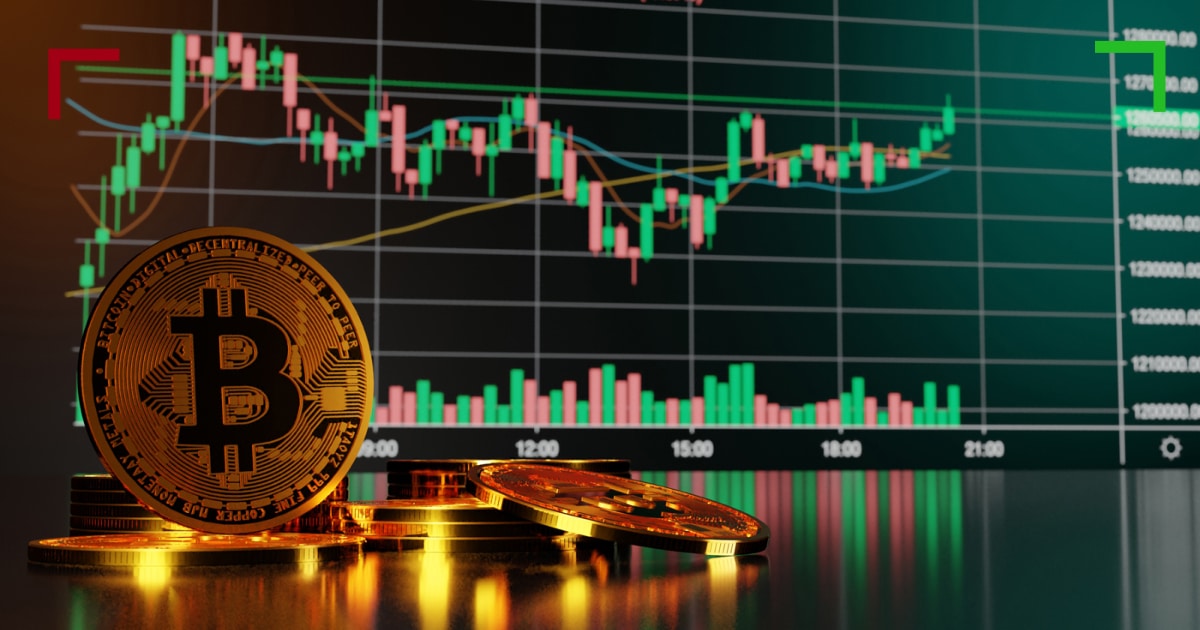
Understanding Crypto Trading Security: Protecting Your Investments
The world of cryptocurrency trading has gained immense popularity over the past decade, attracting millions of investors and traders seeking to profit from digital assets. However, this burgeoning space is not without its pitfalls. With the rise of crypto trading has come a surge in cyber threats, making crypto trading security a top priority for investors. In this article, we will explore key strategies and tools to enhance your security and safeguard your investments. For more information on crypto-related news, visit Crypto Trading Security https://www.newsvoir.com/index.php?option=com_content&view=catnews&catid=114&Itemid=37&page=201.
Understanding the Risks
Before diving into strategies to enhance security, it’s crucial to understand the specific risks associated with crypto trading. Unlike traditional financial systems, cryptocurrencies operate in a decentralized environment, which can expose users to various threats, including:
- Phishing Attacks: Malicious parties may attempt to steal user credentials through deceptive emails or websites.
- Exchange Hacks: Cryptocurrency exchanges are frequent targets for hackers seeking to steal large sums of assets.
- Malware: Unauthorized software can compromise user devices, leading to stolen funds or data.
- Market Volatility: Significant price fluctuations can lead to impulsive trading decisions, increasing the likelihood of losses.
Securing Your Digital Wallet

Your cryptocurrency wallet is the first line of defense in protecting your assets. Here are essential practices to secure your wallet:
- Use Hardware Wallets: Hardware wallets, such as Ledger and Trezor, store your assets offline, protecting them from online threats.
- Enable Two-Factor Authentication (2FA): Always enable 2FA on your wallet to add an extra layer of security against unauthorized access.
- Backup Your Wallet: Regularly back up your wallet and keep the backup in a secure location.
- Keep Software Updated: Regularly update your wallet software to protect against vulnerabilities.
Choosing a Secure Exchange
Selecting the right cryptocurrency exchange is vital for secure trading. Here are key factors to consider:
- Reputation: Research the exchange’s history and user reviews to gauge its safety and reliability.
- Compliance and Regulation: Ensure that the exchange complies with local regulations and has robust compliance measures in place.
- Security Features: Opt for exchanges that implement security measures such as cold storage, 2FA, and withdrawal whitelists.
- Insurance: Some exchanges offer insurance against hacks, providing an additional level of security for your assets.
Recognizing Phishing Attempts
Phishing is one of the most common tactics used by scammers to gain access to users’ accounts. Here’s how you can recognize and avoid these attacks:

- Check URLs: Always ensure that you’re visiting the correct website. Look for misspellings or unusual domain names.
- Be Cautious with Emails: Do not click on links sent in unsolicited emails. Instead, type the exchange URL directly into your browser.
- Verify Requests: If you receive a request for personal information, verify the sender before responding.
Utilizing Security Tools
Leverage technology to enhance your security in crypto trading. Here are some tools you can utilize:
- VPN Services: Using a Virtual Private Network (VPN) encrypts your internet connection and adds privacy while trading.
- Password Managers: Use a password manager to generate and store complex passwords securely.
- Security Audits: Conduct regular security audits on your accounts to identify and address any vulnerabilities.
The Importance of Education
Staying informed about the latest threats and security practices is crucial in the ever-evolving world of crypto trading. Engaging with the community, attending webinars, and reading reputable blogs can significantly enhance your understanding of security.
Conclusion
As the cryptocurrency landscape continues to grow, so will the associated risks. By taking proactive measures to secure your trading activities, you can protect your investments from potential threats. Always prioritize security, stay informed, and utilize the tools and strategies discussed in this article to create a robust defense against cyber threats in the crypto trading space.
